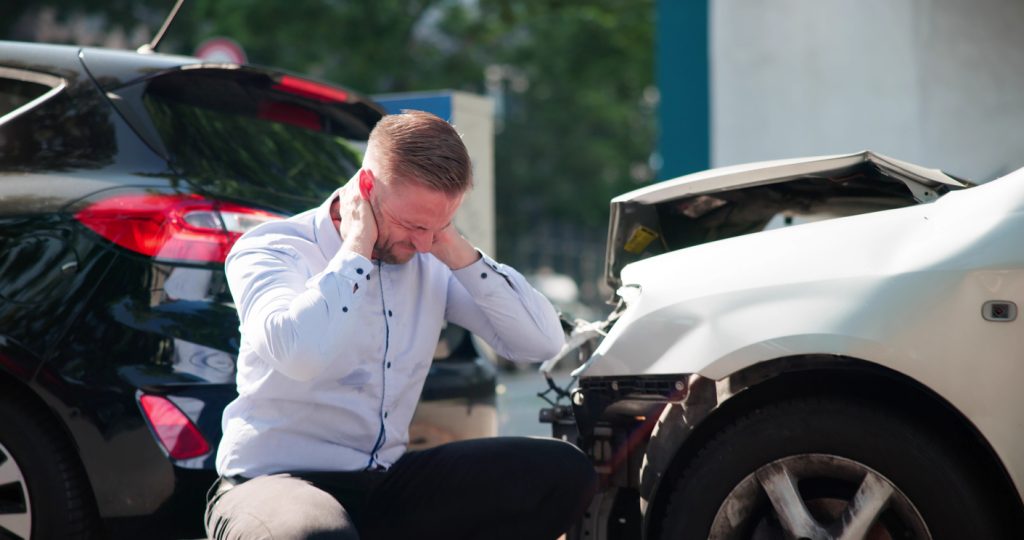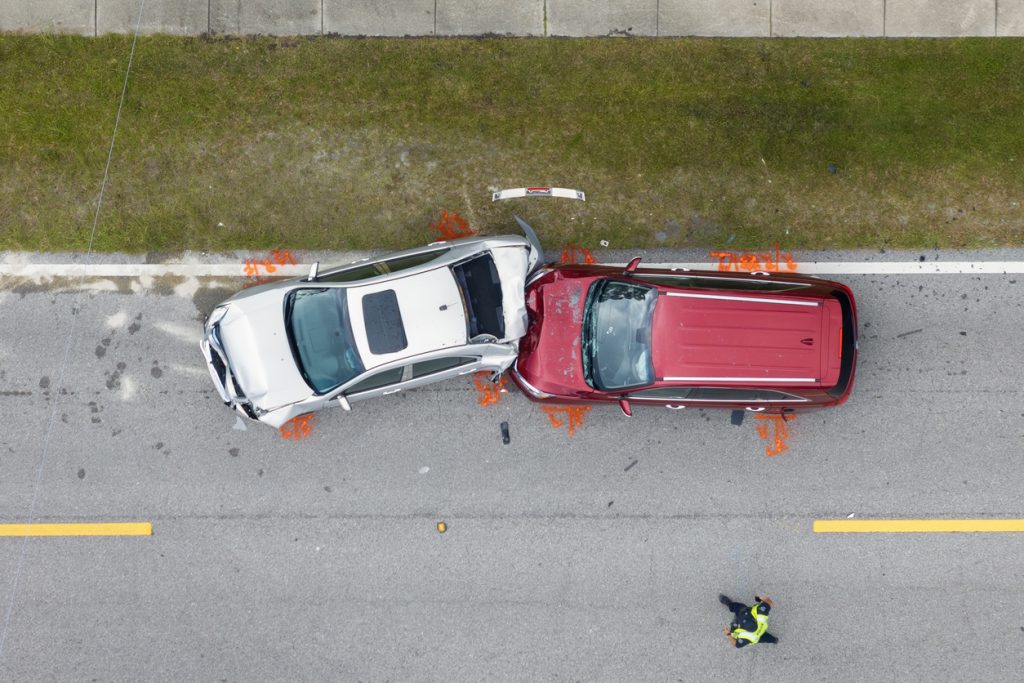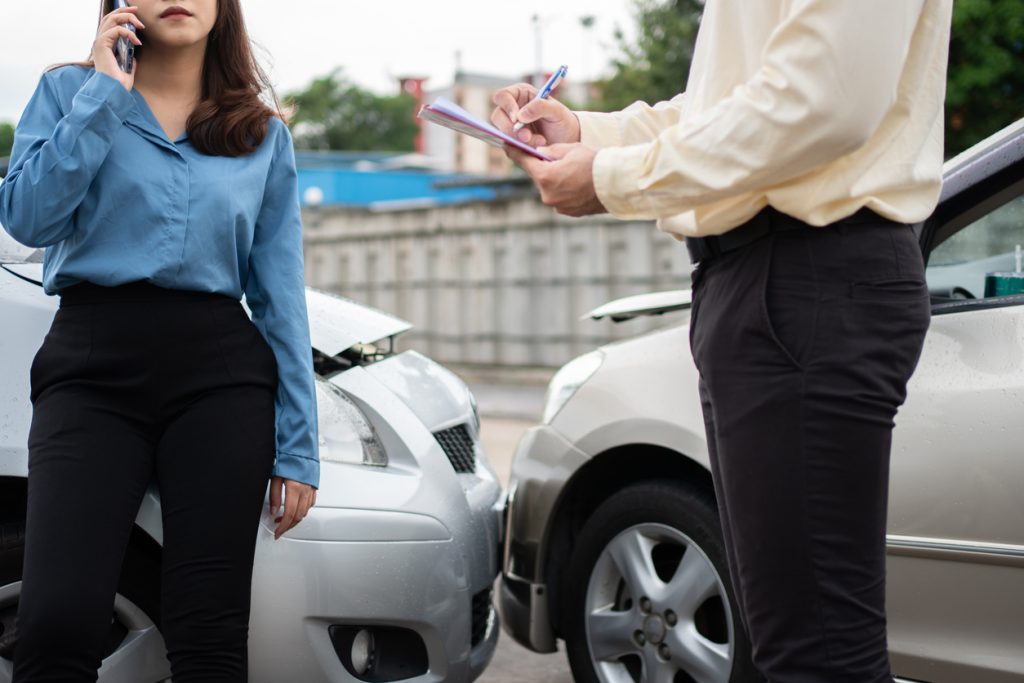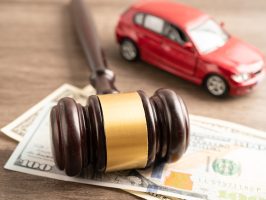When someone is sued after car accident in Oklahoma, the outcome of the case often depends on how well the evidence has been documented. In civil litigation arising from auto accidents, courts and insurance adjusters rely heavily on the facts that can be proven through records, photographs, statements, and reports. Understanding how to properly document your case is crucial because it shapes liability findings, impacts settlement negotiations, and determines whether compensation is awarded or denied.
Many drivers assume that if they were not at fault, the truth will naturally prevail. However, Oklahoma’s comparative negligence rules and the adversarial nature of lawsuits mean that without thorough documentation, you may face unfavorable judgments. Taking the right steps to collect and preserve evidence immediately after a crash and throughout the lawsuit process provides a strong defense and can significantly influence the final outcome.
Why Documentation Matters When Sued After Car Accident in Oklahoma
Oklahoma follows a modified comparative negligence standard, which means liability is divided based on each driver’s degree of fault. If you are found more than 50% at fault, you may be barred from recovering damages. This makes proper documentation vital because it establishes your perspective of the accident and challenges the claims made by the opposing party.
When you are sued after car accident in Oklahoma, every detail matters. Documentation does not only include evidence from the crash scene but also medical records, witness accounts, and communication records with insurers. Judges and juries often place significant weight on physical and written evidence rather than verbal recollections alone. This is why consistent, organized documentation becomes the backbone of your defense strategy.

Immediate Steps to Document Evidence at the Accident Scene
The foundation of your defense begins at the scene of the crash. If physically able, documenting the accident thoroughly can prevent later disputes over what happened. Taking photographs of the vehicles, skid marks, traffic signals, and surrounding conditions helps capture details that might otherwise disappear within hours. These visual records provide objective evidence that attorneys and insurance adjusters cannot easily discredit.
Exchanging information with the other driver and obtaining the contact details of any witnesses is equally important. Witness statements often provide an unbiased account of how the accident occurred, which may counter the opposing driver’s claims. In Oklahoma, law enforcement officers typically prepare an accident report, which becomes an official record that courts recognize. Requesting a copy of this report and reviewing it for accuracy should be one of the first steps taken after an accident.
Building a Paper Trail After Being Sued After Car Accident in Oklahoma
Beyond the immediate aftermath, documentation continues through medical treatment and communication with insurers. Every medical record, bill, and treatment plan creates evidence of injuries sustained or disproves exaggerated claims by the other party. If you are sued after car accident in Oklahoma, keeping track of your own medical progress, expenses, and treatment recommendations ensures you have verifiable proof of how the incident affected your life.
Insurance companies often request detailed information when assessing claims. Retaining copies of emails, letters, and notes from phone calls with adjusters builds a paper trail that may later confirm whether negotiations were handled fairly. Courts may examine these communications if disputes arise over settlement offers, claim denials, or alleged bad-faith practices.
Using Digital Evidence When Sued After Car Accident in Oklahoma
Digital evidence plays an increasingly important role in car accident lawsuits. Many Oklahoma intersections and highways are equipped with traffic cameras, and nearby businesses may also have surveillance footage. Promptly requesting copies of these recordings is essential because such data is often overwritten or deleted within days.
Dashcam recordings, GPS data from your vehicle or smartphone, and even time-stamped social media posts can establish your location and actions during the accident. If you are sued after car accident in Oklahoma, this type of electronic evidence can provide a reliable timeline that either supports your account or challenges inaccuracies in the other driver’s allegations.

Organizing Medical and Financial Records for Court
Medical documentation does not just support personal injury claims—it also helps defend against exaggerated lawsuits. If the opposing party claims long-term disability, your records demonstrating a different version of events may undermine their case. Similarly, keeping receipts and invoices related to car repairs, towing services, and rental vehicles helps establish the actual economic impact of the crash.
Courts in Oklahoma look for detailed, organized evidence rather than vague assertions. When you are sued after car accident in Oklahoma, the way documents are presented can influence credibility. Organized binders, digital folders, or secure case management tools ensure that critical details are not lost or overlooked when preparing for trial.
The Role of Police Reports and Official Records
One of the most important pieces of evidence in car accident lawsuits is the official police report. In Oklahoma, officers document their assessment of the scene, driver statements, and potential violations. While these reports are not always definitive proof of liability, they often carry significant weight in court proceedings.
Obtaining certified copies of these reports from law enforcement agencies ensures that the documentation can be admitted as evidence. If discrepancies exist, such as incorrect descriptions of the vehicles or road conditions, you should be prepared to challenge or clarify them during litigation. Accessing records from the Oklahoma Highway Safety Office can also provide valuable statistics or data on roadway conditions, which may strengthen arguments about environmental or systemic factors that contributed to the accident.
Preparing Witness Testimonies in Lawsuits
Witnesses can greatly influence the outcome when someone is sued after car accident in Oklahoma. Documenting witness statements at the scene and following up with written or recorded declarations ensures their accounts remain consistent over time. Courts may allow depositions during pre-trial discovery, where witness testimonies are formally recorded under oath.
Maintaining updated contact information for all witnesses helps secure their availability for trial. Independent witnesses with no financial or personal ties to the parties involved often provide the most persuasive testimonies, making their documentation invaluable in establishing liability.
How Documentation Helps During Settlement Negotiations
Many car accident lawsuits in Oklahoma resolve through settlement before trial. When you are sued after car accident in Oklahoma, well-documented evidence strengthens your position during these negotiations. Insurers and opposing counsel evaluate risk based on the likelihood of prevailing at trial. A defendant with strong, organized documentation is less likely to be pressured into an unfavorable settlement.
For example, presenting repair invoices, time-stamped accident photographs, and detailed medical evaluations during mediation can demonstrate preparedness and credibility. The stronger your documented evidence, the more leverage you maintain in securing a fair outcome.

Drivers often ask what specific steps to take if someone files a lawsuit after a collision. According to guidance on what you should do if you are sued after car accident in Oklahoma, having complete and reliable documentation from the very beginning significantly improves your ability to defend yourself and protect your legal rights.
Long-Term Documentation Practices During Litigation
When litigation drags on for months or even years, consistent documentation remains critical. Keeping a journal of your recovery progress, recording expenses, and updating your records as new developments occur ensures that nothing is forgotten. Courts may look at patterns in your documentation to determine credibility, making consistency essential.
Additionally, preserving physical evidence such as damaged vehicle parts, clothing worn at the time of the accident, or medical devices can provide tangible proof in court. These items may be stored for inspection by experts or used to demonstrate the impact of the collision.
Conclusion: Building a Strong Defense with Proper Documentation
Facing litigation after a crash is often stressful and confusing. However, being thoroughly prepared makes a significant difference. When you are sued after car accident in Oklahoma, your ability to produce photographs, medical records, financial receipts, witness statements, and official reports directly influences the outcome. Documentation not only protects your rights in court but also provides leverage during settlement negotiations, reducing the risk of an unfair result.
Oklahoma law places great weight on verifiable evidence, and courts rely on the documentation you provide to resolve disputes. Whether dealing with insurers, opposing attorneys, or presenting your case before a judge, the strength of your evidence defines the strength of your defense. By committing to thorough, organized documentation from the start, you safeguard your interests and stand on firmer ground throughout the legal process.
